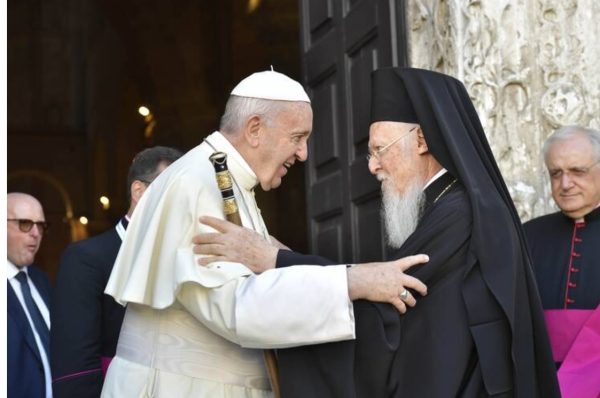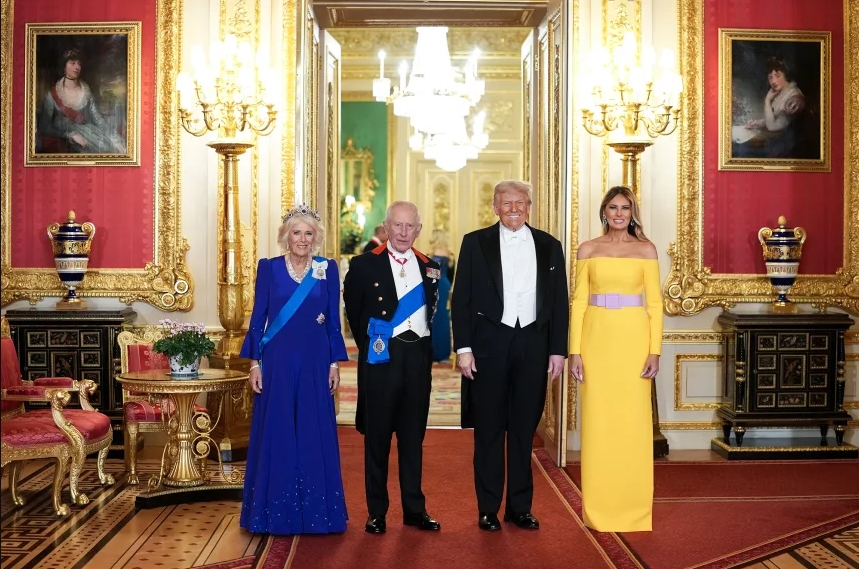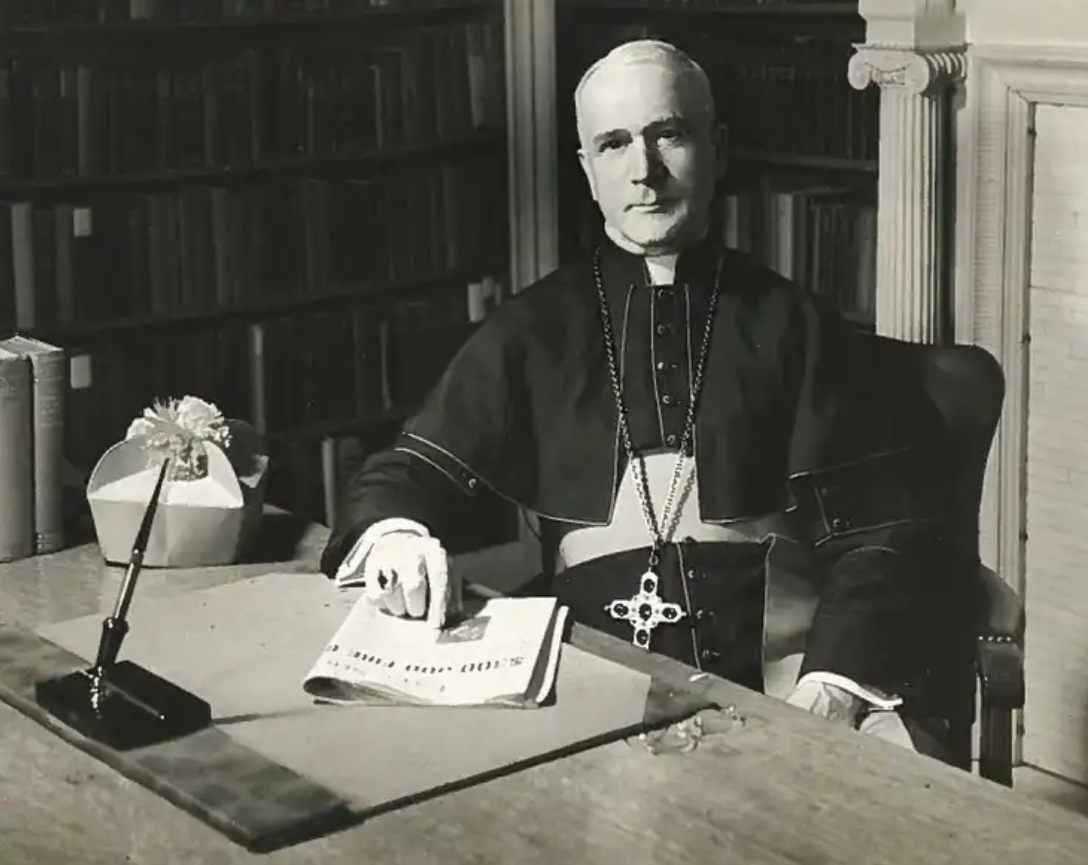May 2, 2025/Midnight
Erie, PA.- Over two billion people worldwide identify as Christian. Within those two billion Christians, over 30,000 different denominations exist. This article will examine the history and beliefs of two of the oldest, largest, and most influential denominations of Christianity: the Roman Catholic Church, and the Eastern Orthodox Church.
With 1.4 billion Roman Catholics worldwide, and 260 million Eastern Orthodoxies, these two denominations make up not only a large portion of the world’s Christians, but a large amount of the world’s believers.
Let’s dive into the history and beliefs behind these two groups.

Table of Contents:
· What is a denomination?
· History of the Catholic Church
· Structure of the Catholic Church
· Beliefs of the Catholic Church
· The Great Schism
What is a denomination?
Collins Dictionary defines a denomination as, “a particular religious group which has slightly different beliefs from other groups within the same faith.”
While Roman Catholicism and Eastern Orthodoxy have slightly varying beliefs, they both fall under the broader category of Christianity.
History of the Catholic Church
“And I tell you that you are Peter, and on this rock I will build my church, and the gates of Hades will not overcome it.”
This quote, from the Book of Matthew (NIV 16:18) is the basis of the Catholic church. Catholic tradition considers the first pope to be the apostle Peter, who was appointed pope by Jesus Christ.
The Catholic church quickly grew as its followers spread the gospel. In the beginning, Roman Catholicism was a highly persecuted religion for many centuries, as Christians gathering to worship was illegal. However, in 313 A.D., Emperor Constantine of Rome converted to Christianity and decriminalized the religion.
Structure of the Catholic Church
The church is organized with the bishop of Rome, or the pope, as the head of the church. The most recent bishop of Rome was Pope Francis, who served as pope from 2013 to 2025.
Cardinals are appointed by the pope, mostly as an advisory role. Cardinals are often bishops, but are not required to be. An archbishop is a bishop that has a higher level of authority in the church and oversees an archdiocese. Bishops are priests responsible for overseeing a diocese (an ecclesiastical district).
Priests, who are ordained leaders of a church, oversee the laity. Deacons are ordained ministers of the church, who help with the needs of the laity. Finally, the vast majority of the church are the laity, or the nonordained members of the church.
Beliefs of the Catholic Church
The beliefs of the Catholic church are outlined in the Apostles Creed, a series of statements written by some of the first Christians. The Creed begins by stating, “I believe in God, the Father almighty, Creator of heaven and earth, and in Jesus Christ, his only Son, our Lord, who was conceived by the Holy Spirit.”
The Catholic faith is practiced in three fundamental ways: prayer, community, and sacraments.
Maintaining a relationship with Jesus, which is typically practiced through prayer, is fundamental to the Catholic faith. It is also maintained through a believer’s relationship with their community, and their service to other people. Catholics also believe in seven sacraments: baptism, confirmation, Eucharist, confession, marriage, holy orders, and anointing of the sick.
Father Michael Kesicki, the chaplain of Gannon University explains, “Catholics understand that the communion of the church is under the governance of the bishop of Rome, called the pope. Catholics recognize not just the dignity of the pope, but the authority of the pope as the bishop of Rome, and as the successor of Peter, who was the head of the apostles. Protestants do not, they respect the pope, but they don’t see him as an authority. Orthodox would see him as a bishop among other bishops.”
Another foundational belief of the Catholic church is the practice of the Eucharist, or Holy Communion. Father Kesicki says, “Other Christian denominations may see it as a sign of his presence, but Catholics believe that it actually is the body and blood of Jesus. Not in a physical sense, but in a sacramental sense.”
The Great Schism
The Eastern Orthodox Church was the first major denomination of Christianity to break away from the Catholic Church. Though the churches did not officially break apart until 1054 A.D., there were already separations beginning as early as the fourth century, mostly due to the split between the Roman and Byzantine empires.
According to Learn Religions, in 1054 A.D., Pope Leo IX excommunicated Michael Cerularius, which officially began the Eastern Orthodox Church with Cerularius as the Patriarch of Constantinople. The split was due to Eastern Christians objections to an addition to the Nicaean Creed, disagreements over understanding of the Trinity, and cultural differences.
Followers of Eastern Orthodoxy do not recognize a single authority as the head of the church. Instead, different branches of the Eastern Orthodox Church each have a leader, or patriarch. The Patriarch of Constantinople plays a significant role in the leadership of the Eastern Orthodox Church but is not regarded as the head of the church.
Today, the 260 million followers of Eastern Orthodoxy make it one of the largest denominations of Christianity. To learn more about different religious denominations, continue following the features section of The Gannon Knight during fall of 2025.







